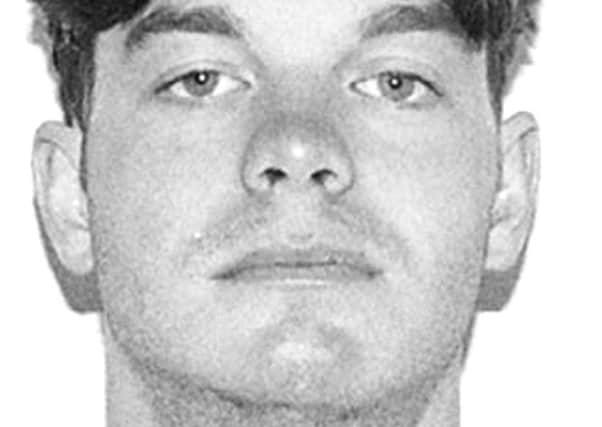Police search of cell ‘could have sparked Maze riot’


Counsel for the PSNI argued that a failure by detectives investigating the killing of Raymond McCord Jnr to seize clothing from the inmate at the Maze jail ignored the “realpolitik” of a regime under paramilitary control.
The victim’s father, campaigner Raymond McCord Snr, is taking legal action in a bid to secure an inquest into the death, claiming that the hold-up breaches human rights.
Advertisement
Hide AdAdvertisement
Hide AdBut a judge was told that any criticisms of the police probe do not amount to culpable delay.
Mr McCord Jnr, a 22-year-old former RAF man, was beaten to death before his body was dumped at a quarry outside north Belfast in November 1997.
The killing was carried out by a UVF gang based in the Mount Vernon area of the city.
In 2007 former police ombudsman Nuala O’Loan found evidence of collusion between some Special Branch officers and the terror unit.
Advertisement
Hide AdAdvertisement
Hide AdDespite a series of preliminary hearings, a full inquest into the death has yet to get under way.
His father is now seeking to judicially review the PSNI, the Coroner’s Service and the Department of Justice.
Lawyers representing Mr McCord claim police have shown “total contempt for the law”, with the criminal investigation having ground to a halt.
Heavy reliance was placed on the conclusions reached by Mrs O’Loan’s team.
Advertisement
Hide AdAdvertisement
Hide AdHer report said information indicated that an individual referred to as Informant 1 had ordered an associate, known as Man D, to carry out the killing while he was on prison leave.
The watchdog established a number of failures in the murder investigation which may have significantly reduced the possibility of anyone being prosecuted – including the non-seizure of clothing from the suspect on his return to jail.
No evidence was found that police knew in advance or could have warned the victim he was in danger.
In court today it was claimed that authorities inside the Maze were not prepared to give clearance for a search operation which would require more than 100 prison officers and potentially put them in danger.
Advertisement
Hide AdAdvertisement
Hide AdReferring to Man D being produced for arrest without a trawl of his cell for any forensic evidence, Mr Justice McAlinden questioned if it had been easier for police to get to him in the community than inside the now shut down Maze complex.
Peter Coll QC, for the PSNI, acknowledged the ombudsman’s findings that every possible attempt was not made to recover evidence from the jail.
But he argued that detectives had been frustrated by a “no-go area at the heart of the criminal justice system” where parts of the prison were under the de facto control of paramilitaries.
“What it doesn’t reflect is the realpolitik of the position police were faced with,” the barrister said.
Advertisement
Hide AdAdvertisement
Hide Ad“They were being told by prison authorities ‘we don’t have the manpower to do this and the UVF wing (of the prison) is never going to agree to it’.
“It would have to be done without their agreement and that will likely cause a major riot.”
Stressing the initial investigation was carried out in the pre-Good Friday Agreement era, Mr Coll went on: “The situation in the Maze was not one we would recognise today, it was a very different world.
“Does it amount to delay on the part of police in that regard? We say it does not, and certainly not unreasonable or culpable delay.”
The hearing continues.